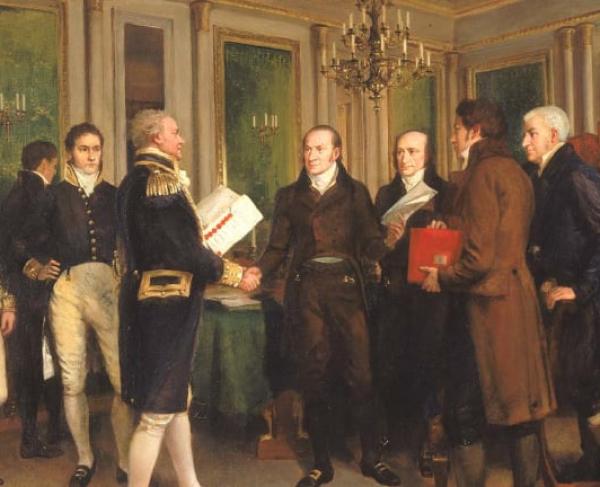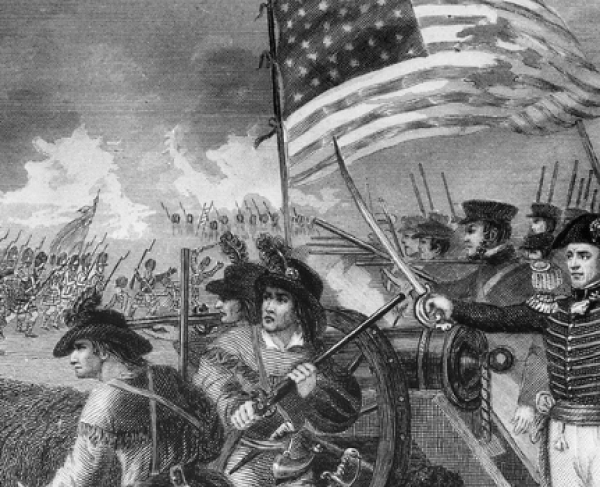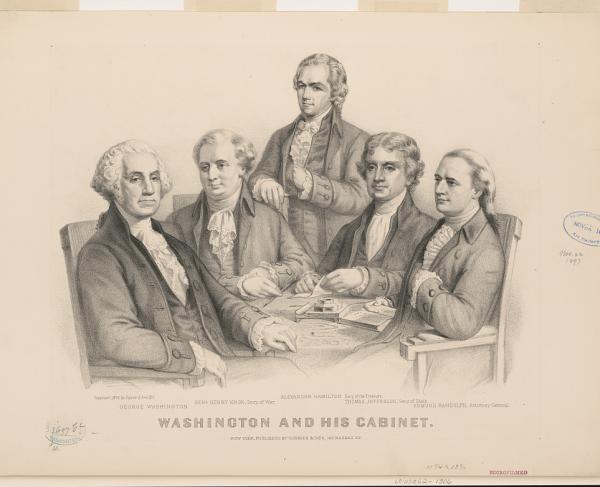The Decision at Craney Island
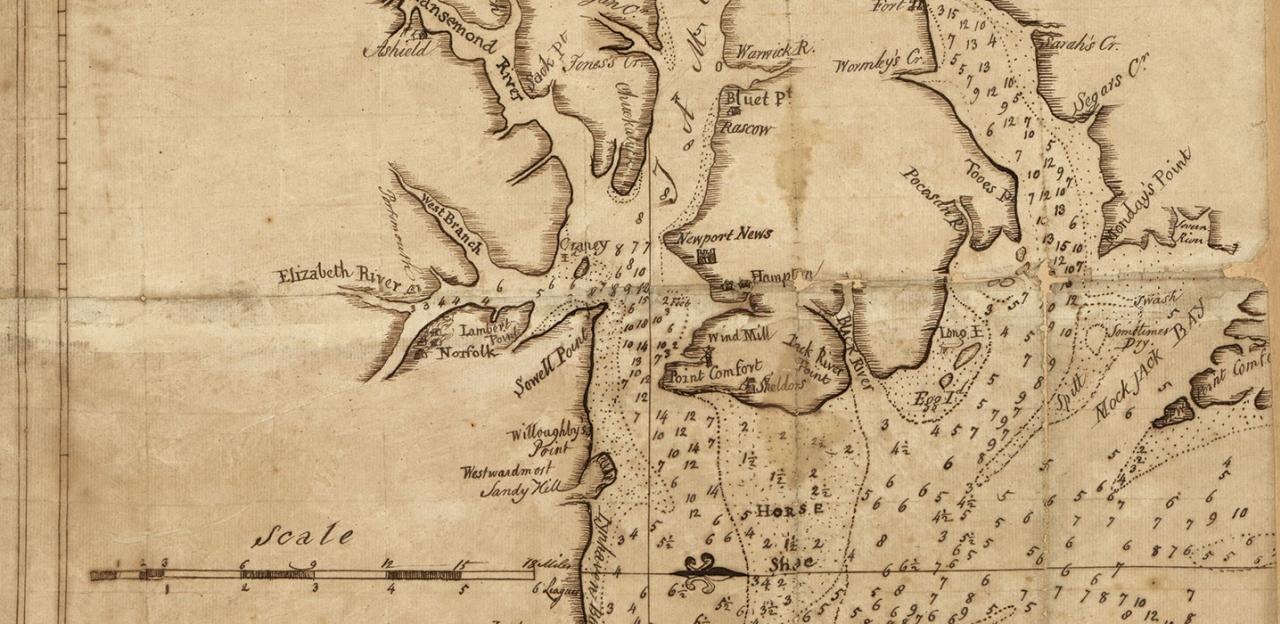
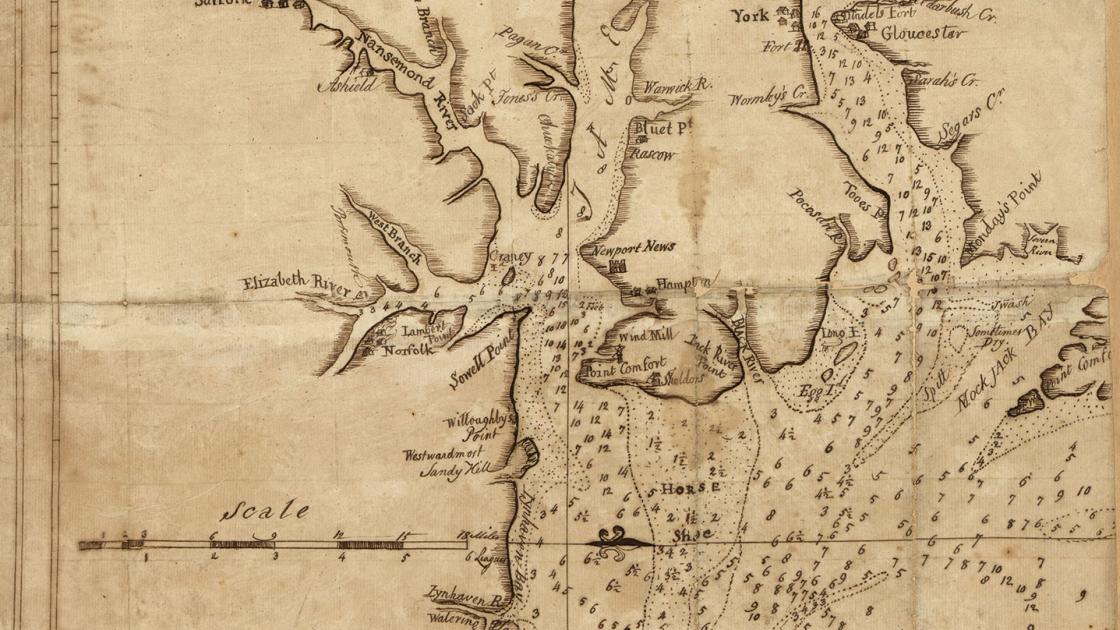
The Battle of Craney Island — the June 22, 1813, American victory at the mouth of Virginia’s Elizabeth River — has an identity crisis. Normally, such good news would have been welcomed by the American public, but the triumph was quickly overshadowed by two other military disasters, diminishing its significance. The American commander’s delay in submitting his report containing details of the battle until July 4 made the engagement almost instantly old news, which has relegated it to the footnotes of War of 1812 history, despite its strategic significance.
Infantry operations along the Atlantic Coast in 1813 were primarily a diversion to draw American troops away from campaigns along the Canadian border. These efforts were supported by a British blockade of Chesapeake Bay by Admiral Sir George Cockburn, a man of action not particularly enthusiastic about such duty when American frigates were reigning victorious against British ships on the high seas. But on February 4, 1813, the frigate Constellation, attempting to exit the Bay on a war patrol, was forced into the safety of the Elizabeth River by a squadron of British ships. Constellation, anchored in the river between the cities of Norfolk and Portsmouth, became a target of opportunity for Cockburn.
Numerous raids around the Chesapeake Bay had shown its coastal communities generally lacked defenses; the tepid responses by local militiamen convinced the British that attacking Norfolk and destroying the Constellation would be easy. Guarding the entrance to the Elizabeth River, however, were the fortifications still under construction at Craney Island.
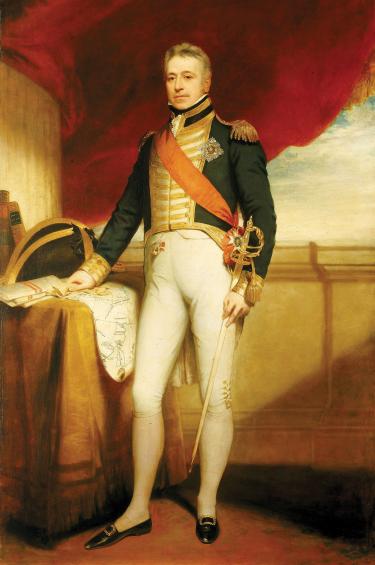
The strategic importance of Craney Island was easy to recognize. Had a battery been erected there during the Revolutionary War, it likely would have been sufficient to stop Lord Dunmore’s ships from entering the Elizabeth River and bombarding Norfolk. Faced with a new British threat, Brigadier General Robert Barraud Taylor, commander of all militia forces in the area, and Captain Charles Stewart of the Constellation sought approval from their respective chains of command to further fortify Craney.
Cockburn was undeniably the greatest expert in North America on the type of amphibious operations required to reduce the defenses of a shoal island and open the river. He had even developed a trademark style in earlier raids around Chesapeake Bay: overwhelming force, first-light landings to provide the element of surprise, armed boats to offer fire support against artillery and coastal defenses ashore during the infantry assault and the presence of Congreve Rocket boats leading the assault to strike terror into both defender and citizen alike. In larger cities, where a more robust network of defenses prevented immediate attack, he conducted extensive reconnaissance of the defenses, sounding water routes and prospective landing areas; collected intelligence on the strengths and design of the defenses; and determined the number, and readiness, of the defenders.
Cockburn’s plan for attacking Norfolk was based on his months of preparation. First, he would overwhelm the defenses on Craney Island, land forces on the east and west banks of the Elizabeth River and proceed overland to attack Forts Norfolk and Nelson from their undefended rears, while ships would proceed upriver to attack the Constellation. Using his own well-trained troops, plus additional soldiers supplied by Brigadier General Sir Thomas Sidney Beckwith aboard additional ships provided by Admiral Sir John Borlase Warren, commander of all naval forced in North America, Cockburn was all but assured a victory.
But fate — in the form of the British military’s bureaucracy — intervened. Warren was censured by the Admiralty for allowing his commanders to focus more on raiding than on maintaining the blockade. In the repercussions, Cockburn was placed on the frigate Barossa, a lesser command; after months of planning, he would not lead the operation. Instead, while Beckwith landed about 800 troops to the west of Craney Island “in tolerable confusion,” the amphibious assault on the island was left to Captain Samuel John B. Pechall of the San Domingo. Even Warren’s barge, nicknamed the Centipede, equipped with a brass 3-pound cannon, parasol and pet dog, was used to lead the boats containing men to shore.
Missteps in the assaults on both land and sea combined to result in an abysmal failure. Beckwith’s attack from the landward side was stifled when high tide prevented the crossing of the “thoroughfare” between the mainland and the island. Sustained artillery fire from the Americans inflicted heavy casualties, and most of the British Congreve rockets fired from this position landed harmlessly in the water. Without any artillery of their own, the British were unable to counter the American barrage. Chaos, insubordination and desertions from the Independent Companies led to a hasty retreat back to the boats.
Out on Hampton Roads, several hours later, the boats began their approach as the tide was ebbing and grounded well offshore, but within range of American cannon. Several boats were destroyed, since the new troops did not know that wading the final distance ashore was required and had not rehearsed loading and unloading boats. No one appeared to be in charge; the boats mounted with cannon and Congreve rockets were in the rear and could not bring their weapons to bear. Eventually, the boats turned and retreated back to their vessels.
Apparently, such difficulties and how to mitigate them were known only to Cockburn; whether he tried to communicate on these matters and was marginalized, or willingly decided to withhold his expertise upon being removed from leading the operation, is a matter of speculation.
Despite the prodigious British failings, the Americans almost committed a fatal error that could have had lasting repercussions on the remaining course, if not outcome, of the war: They very nearly abandoned Craney Island on the eve of the British attack.
On June 18, 1813, Taylor was informed of 13 British ships carrying about 2,400 British soldiers and marines, plus two companies of Independent Foreigners arriving in Lynnhaven Bay. He convened a war council of his top commanders the next day and posed one simple question: “Under present circumstances, is it proper to evacuate the Post at Craney Island, if the disposition of the Enemy, should indicate an attack on the Island or on the Forts on the Harbor of Norfolk?” The 13 commanders present voted unanimously to abandon the island, which would have left the entrance to the Elizabeth River unguarded and open for attack by the British.
Taylor supported the vote, citing his adversity to hazarding the forces there on the island, primarily minimally trained and largely untested militia, in the face of an overwhelming threat. One officer, however, not present at the war council, had a different opinion.
Colonel Walker K. Armistead was an army engineer, the third graduate of West Point and architect of the island’s defenses. He had developed plans for fortifying Craney Island as early as 1809, and was the undeniable expert on its defensibility. Presumably having been on Craney Island overseeing construction of the defenses during the first war council, upon his return, Armistead convinced Taylor that, with as few as 300 men, the existing defenses could hold the island.
Taylor reconvened his war council on June 20 and allowed Armistead to plead his case. There were two other new faces at the table: Captain John Cassin, the senior-most naval officer in the region, commanding Gosport Navy Yard, and Captain Joseph Tarbell, commanding officer of the frigate Constellation. After hearing of the navy’s just-concluded successful gunboat attack on the HMS Junon in Hampton Roads and Armistead’s confident testimony, the war council took on a very different tone. When asked, “Whether under present circumstances it be advisable to withdraw the Forces from Craney Island?” only two officers voted to abandon the island; 12 voted to maintain the defenses, plus an additional vote to maintain them if reinforced.
In response, Cassin promised gunboat support in the surrounding waters, and Tarbell pledged 100 sailors and 50 Marines from the Constellation. These veteran gunners were well-trained to handle the 18- and 24-pound cannon on the island.
From a decision that could have easily spelled doom for the cities of Norfolk and Portsmouth, the frigate Constellation and the Gosport Navy Yard, the Americans had pivoted to mount a defense easily strong enough to counter the lackluster attack on Craney Island. While the British suffered heavy losses in killed, wounded or captured, the Americans lost none.
But three days later, Cockburn was reinstated to lead a simultaneous assault against nearby Hampton. As the town had minimal value as a military target, one might speculate the operation was conducted to have a victory to make up for the loss at Craney Island. Cockburn’s typical overwhelming firepower reduced the primary defenses, and the town was quickly captured. The subsequent behavior of the Independent Company of Foriegners, French soldiers captured in the wars against Napoleon and enlisted to fight for the British, however, deeply impacted the interpretation of the two battles on both sides of the Atlantic. One British officer wrote that “Every horror was perpetrated with impunity — rape, murder, pillage — and not a man was punished.” Although triumphant, the American victory at Craney Island paled in the face of such outrage. Further sorrow arrived with the news of the early June defeat of the frigate Chesapeake and the death of her gallant captain, James Lawrence, whose final words, “Don’t give up the ship!” have become a rallying cry of the U.S. Navy.
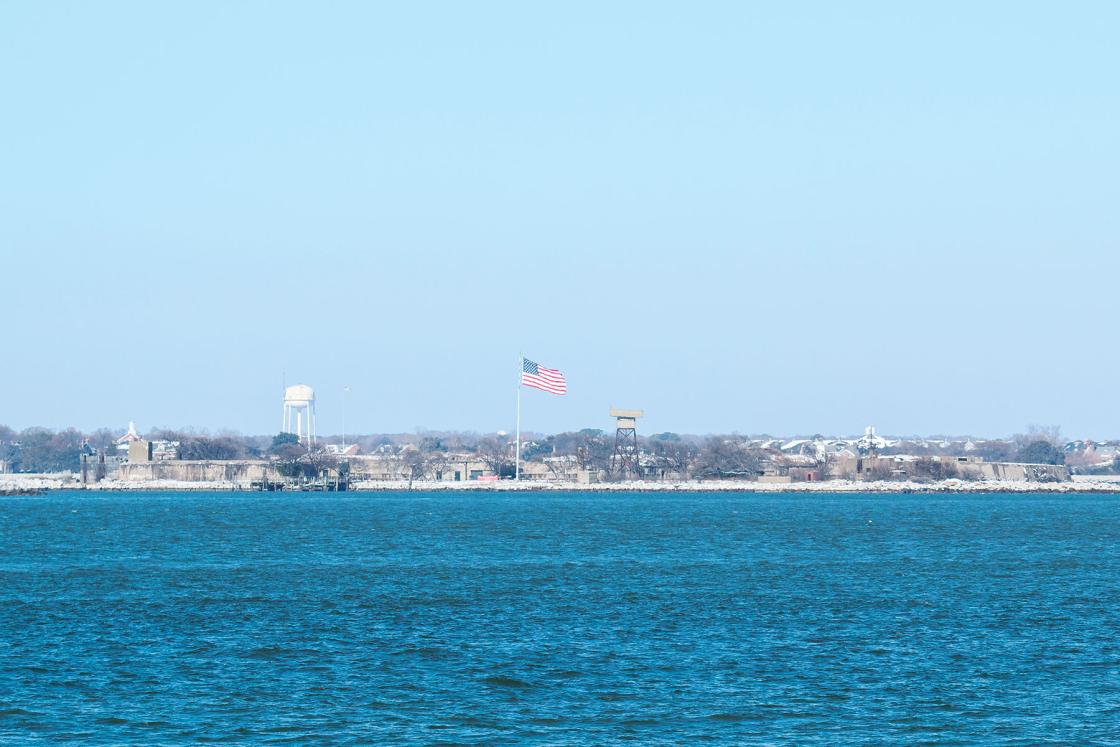
On the part of the British, the loss at Craney Island began to shift their overall strategy in the region. The day after the battle, Warren wrote to John Croker, secretary of the Admiralty, that capturing Norfolk-area objectives “cannot now be affected with less than 5 or 6,000 men.” By August, raids on towns and military objects had all but ceased for the rest of 1813 and the first half of 1814, in favor of greater enforcement of the blockade. This was partly because of the loss of those forces designed to conduct these raids — namely, the Independent Companies of Foreigners. Their use had been a bold experiment, but less than two weeks after Craney Island, Warren indicated that “the state of the Foreign Company is such as to render their longer continuance with the troops here impossible.”
Cockburn was forced to conclude that the small number of Marines, artillery companies and trained sailors he had aboard his ships was not enough to capture the major cities like Annapolis, Baltimore and Washington that he had been eyeing. He would have to wait.
While Craney Island may not have eliminated the threat of British attacks along coastal areas, it did significantly stifle the British momentum and initiative in the region. Meanwhile, it gave the Americans time to increase and strengthen defenses in many areas. Fifteen months after the Battle of Craney Island, British forces marched on and burned parts of Washington after militia forces defending the city fled. Later, they tried to take Baltimore but were unable to penetrate the city’s defenses, which had been designed by another Armistead, older brother George.

